Granite Keystone Bridge Rockport MA | An In-Depth Look
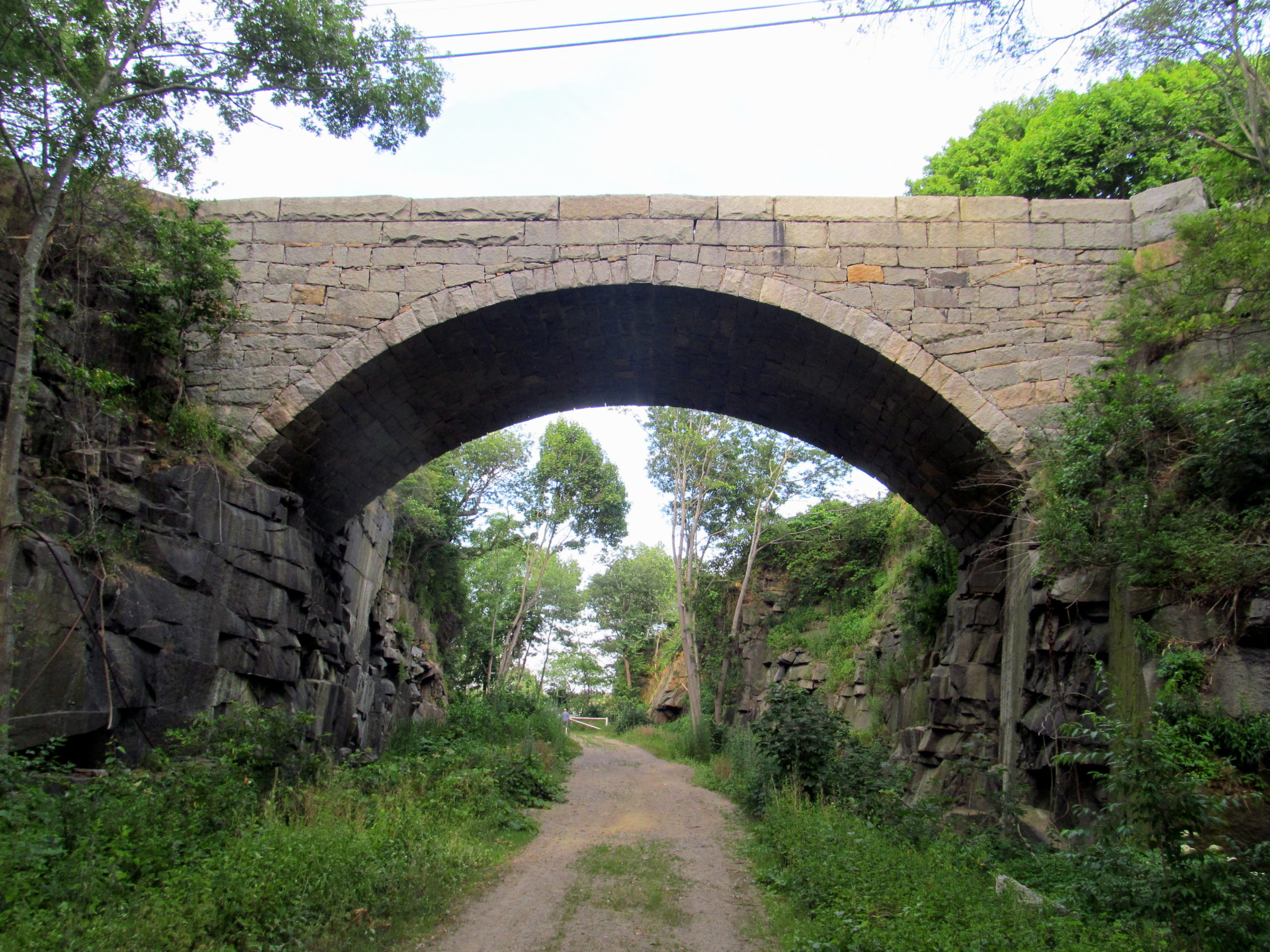
Welcome to 2021 everyone! Today we kick off the new year with an in-depth look at another Essex County hidden gem, the Granite Keystone Bridge in Rockport, MA.
Kicking off the new year with a discussion of bridges seems quite fitting. The new year is the perfect time for crossing bridges, building bridges, and even burning bridges. As Eagles front man Don Henley once observed, “sometimes you get the best light from a burning bridge.” Don always knew how to get to the heart of the matter.

Anyway, shifting back from figurative bridges to literal bridges. We often take bridges for granted, but they are really some pretty impressive architectural feats. Some of our favorites include the Brooklyn Bridge, Lake Pontchartrain Causeway in Louisiana, Magdeburg Water Bridge in Germany, and of course the bridge of Khazad-dûm.
Cape Ann certainly has its fair share of impressive bridges as well. From the infamous Blynman Bridge (home of the cut bridge kooks) to the Annisquam footbridge and the new Gloucester Drawbridge, currently under construction. But today we will take a closer look at the Granite Keystone Bridge.
The Granite Keystone Bridge was built in 1872 and was the brainchild of architect Jonathan Pratt, a Quincy Massachusetts native.

The single arch of the bridge spans about 65 feet and is about 32 feet in width. By today’s standards the bridge may seem small, but at the time it was actually the longest bridge in the state of Massachusetts, and a symbol of the spirit behind the Industrial Revolution.
In the 19th Century Rockport had a booming granite industry. The Industrial Revolution spawned a demand for quality granite and the Rockport quarries had no shortage.
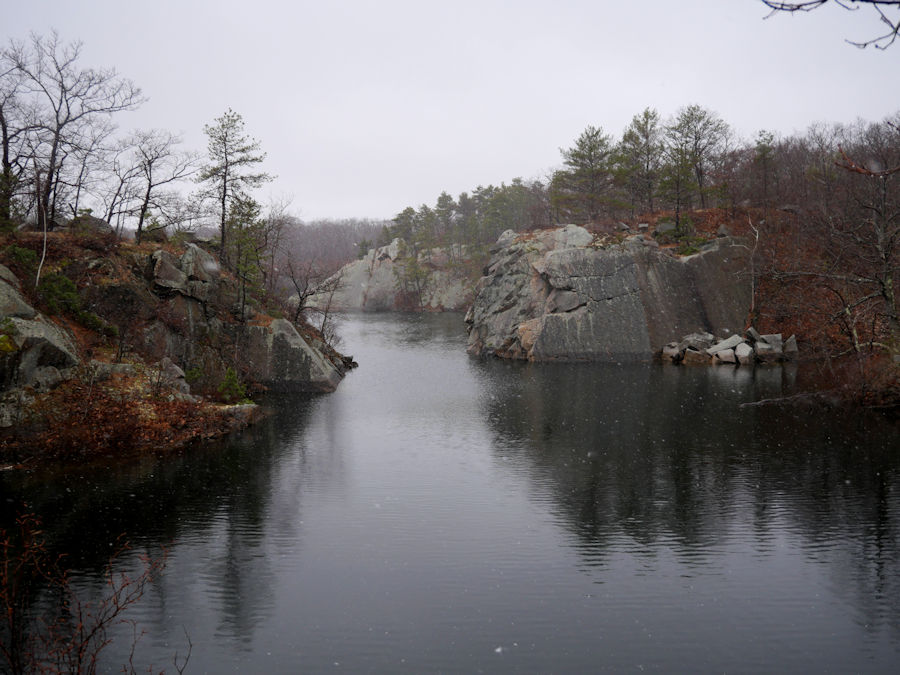
Interestingly, Rockport was well-known for the superior quality of its granite and that is why some many cities and states desired granite from the seaside village. Take a peek at a passage from an 1878 article from Scientific American which sings the praises of Rockport granite:
“The Rockport granite is noted for its superior quality, being very hard, durable, and free from iron or other substances which injure and discolor granite. It is found in huge masses of great solidity, and other a remarkably uniform structure.”
To meet the growing demand for granite, Rockport Granite Company formed in 1865 and was a major granite supplier to the entire eastern seaboard until its dissolution in 1933.
Rockport granite made its way down the coast via ship and into ports from Lafayette Louisiana to Cuba to Boston, New York and Philadelphia. The granite was used to pave streets, shore up docks and, among other things, build sea walls.
The granite was mined by a workforce was comprised of immigrants of Finnish and Swedish descent who were known for their stone working expertise.
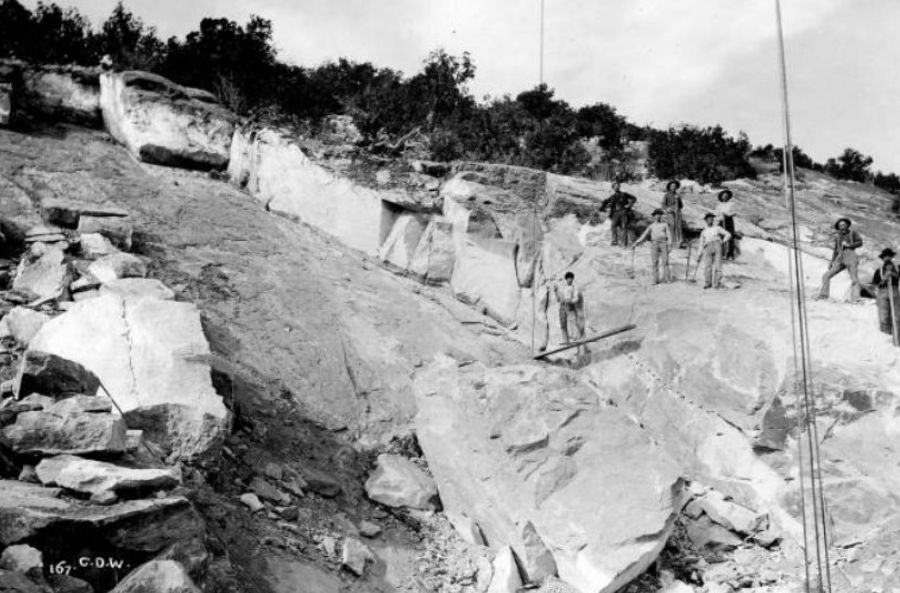
The Flat Ledge Quarry had one of the largest operations and needed transport the granite from the quarry down across granite street to Granite Pier.
How is this relevant to the Keystone Bridge? Well, the Rockport Granite Company was looking for a way to transport granite more quickly to the pier and to the ships that would transport its granite down the Atlantic Coast.
To solve the problem it made a deep cut in granite street to make way for the granite that was mined at Flat Ledge Quarry and the surrounding area. Thus necessitating a need for a bridge. Take a look at the picture below to see the painstaking labor involved in cutting through all of that granite. Pretty impressive stuff.
Sometimes the best treasures are hidden in plain sight.
The Granite Keystone Bridge is a stone arch bridge that is located on Route 127 (aka Granite Street) in Rockport, Massachusetts. The bridge was built to provide transportation over an active rail line that is now abandoned.

When driving over the bridge you will likely be unaware of the beautiful granite structure that lies underneath. The bridge is built of large blocks of granite laid in courses and is actually one of the few structures in Rockport (oddly enough) that were actually built with native stone.
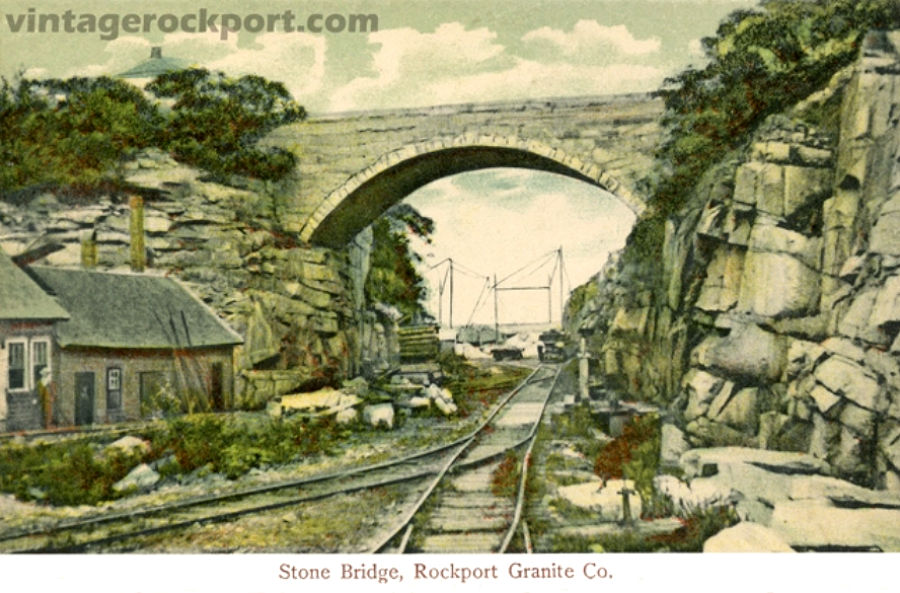
To get an up close and personal look at the bridge you can simply park over on Granite Pier and walk over to the base of the bridge. You can also venture on a little more and explore Flat Ledge Quarry and the interconnected network of quarries in the area.
The Granite Keystone Bridge is now owned and maintained by the Commonwealth of Massachusetts and made its way onto the National Register of Historic Places in 1981.
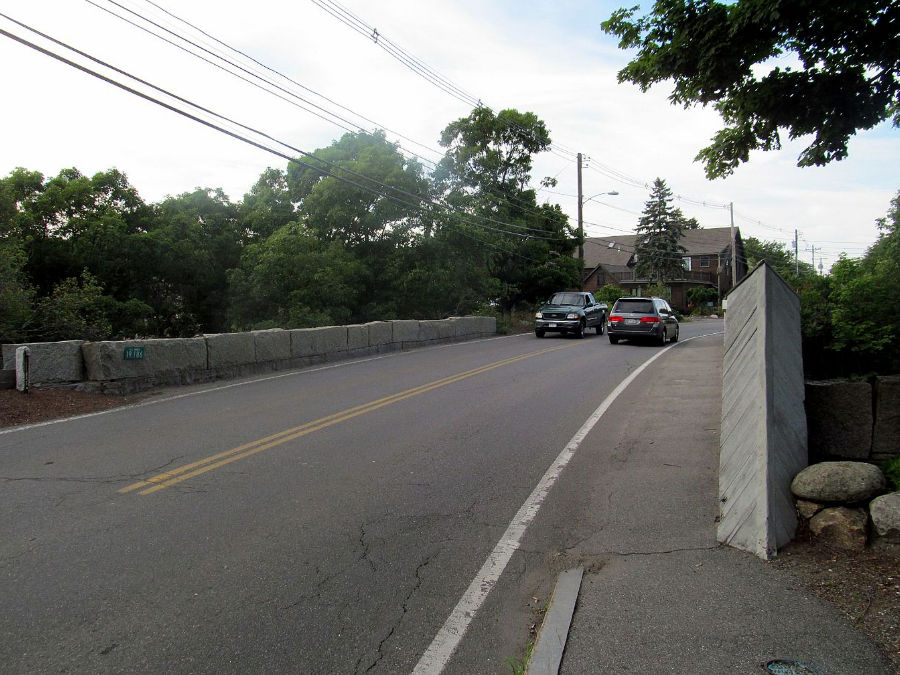
We hope that you enjoyed our exploration of the Granite Keystone Bridge in Rockport, MA. We think that it has earned a rightful place on our list of Essex County Hidden Gems! If you enjoyed this exploration check out some of our other hidden gems including Chebacco Lake and Plum Cove Beach.
If you decide to visit Rockport the team here at our Rockport MA Hotel would be happy to point you in the right direction and answer questions that you may have regarding Granite Keystone Bridge or any other local destination.